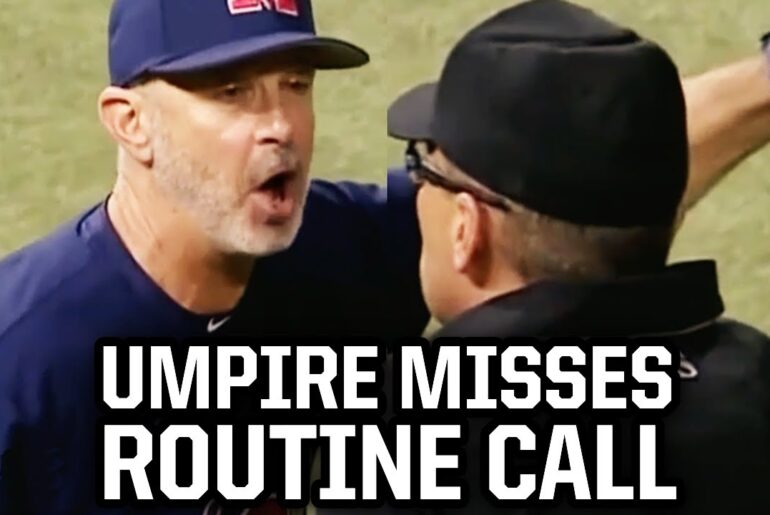In a thrilling baseball game, the Philadelphia Phillies found themselves down by a run as the rain subsided and the field was prepared. Sponsored by DraftKings, this breakdown focuses on the impressive performance of Bryce Harper. With J.T. Realmuto and Harper coming up to the plate, the tension was palpable. Let’s dive into the detailed analysis of their at-bats.
Realmuto’s Strategic Approach
1. Pitch Selection: Suarez starts off with a two-seam fastball, followed by a straight forcing fastball. The difference in these pitches is evident.
– The first pitch runs in on Realmuto’s hands.
– The second pitch stays straight.
2. Realmuto’s Swing: Realmuto demonstrates two different swings.
– On the first pitch, he takes a big swing with a full 90-degree leg kick, trying to launch the ball.
– On the second pitch, with a 0-2 count, he adopts a more abbreviated two-strike approach, keeping his foot down earlier for better reactionary control.
3. Spoiling Pitches: Despite being down in the count, Realmuto expertly spoils several fastballs and stays alive.
– Fouls off the first pitch to the left side.
– Fouls off the second pitch to the right side.
4. Changeup Success: Suarez tries to throw a changeup, but Realmuto reacts and floats it into the zone, successfully getting on base.
Harper’s Heroic Display
1. Facing a Superstar: Bryce Harper, a renowned player and former MVP, steps up to the plate after Realmuto’s successful at-bat.
2. Pitch Variety: The pitcher attempts different strategies to challenge Harper.
– Starts with an outside fastball, resulting in a swing and a miss.
– Changes the pitch location and tries to make Harper uncomfortable with an up-and-in fastball, but Harper fouls it back.
– Throws various pitches, including fastballs at 98 and 100 mph, both inside and outside, but Harper continues to foul them off.
3. Perfect Two-Strike Changeup: The pitcher decides to throw a changeup, expecting Harper to be fooled.
– The catcher advises getting the changeup down and low.
– Harper impressively recognizes the pitch and refuses to swing, even though it was a perfect two-strike changeup.
4. The Go-Ahead Home Run: Harper anticipates the fastball and smashes it opposite field for a go-ahead home run.
– The pitch is a 99 mph fastball on the outside, which Harper connects with perfectly.
– Harper’s weight transfer and focus on the ball are crucial to his success.
5. Celebrating the Moment: Harper’s reaction to his heroic hit showcases his excitement and appreciation.
– Harper is initially stunned, standing still with a teammate tapping him on the chest.
– He takes in the moment, acknowledging the crowd and enjoying the celebration.
– His lower body exhibits a violent shift of weight, while his upper body swings the bat with intensity.
– The fans in the stadium are ecstatic, waving their pom-poms and clapping in celebration.
– The bullpen and teammates also join the jubilant atmosphere, displaying their joy for Harper’s achievement.
Conclusion
Bryce Harper’s performance in this game was nothing short of remarkable. From his teammate’s perspective, it was a pleasure to witness his strategic approach, resilience, and ultimately his heroics with the go-ahead home run. Harper’s ability to adapt his swing and remain focused under pressure highlights his exceptional skills as a baseball player. The crowd’s enthusiastic response further demonstrates the impact of his performance on the fans. This game, sponsored by DraftKings, serves as a testament to the excitement and thrill that baseball brings to its spectators.



